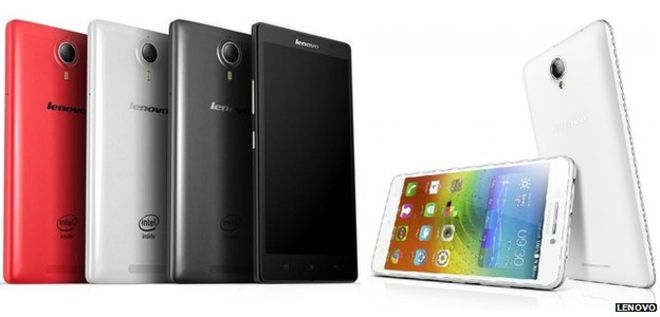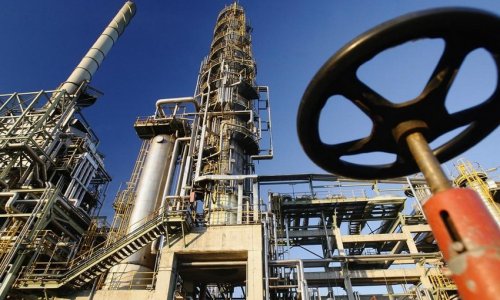Lenovo and Acer have both unveiled smartphones with much larger than normal batteries.
A total of three devices from the two companies contain cells with 4,000 milliamp-hour (mAh) capacities.
That is more than a third higher than the components used in Samsung and Apple's latest flagship phones.
Customer surveys have repeatedly highlighted a desire for improved battery life at the top of shopper's most wished for smartphone features.
But until now, batteries of this size have been more commonly found in tablets rather than 5.5in (14cm)-screened phones.
"People are constantly engaged with their screens and the screen uses the most power," explained Ben Wood from the tech consultancy CCS Insight.
"And the biggest challenge right now is that people are also consuming more video content, thanks to the spread of 4G networks, meaning phone battery life is really getting hammered.
"With the bigger brands people are willing to accept some trade-offs for the phones to appear as slim and slick as possible.
"But everyone else is looking for a way of trying to differentiate their devices. And Lenovo and Acer, in particular, have an eye on the business market where employers want their workers to be available for as many hours as possible."
China-based Lenovo says its new K80 offers up to 33 hours of talk-time and its A5000 up to 35 hours. Both figures are based on the use of a 2G network, which is less energy-intensive than a 3G or 4G connection.
Taiwan's Acer has yet to provide a comparable figure for its Liquid X2, which is also unusual for supporting up to three Sim cards at once.
"Following market feedback, we know that battery life is a priority for our customers," ST Liew, president of Acer's smartphone business division, told the BBC.
"The 4,000mAh battery is perfect for frequent travellers as it eliminates concerns regarding power, allowing users to be constantly connected whilst on-the-go without the need to carry a charger on a daily basis."
The firms are not the first to use bigger lithium-ion batteries to make their phones stand out.
Last year Motorola developed the Moto Maxx, ahead of its takeover by Lenovo. The handset features a 3,900 mAh battery, which the company said should allow it to survive two days between charges.
And earlier this month Huawei announced the P8 Max with a 4,360mAh battery - although the size of the device's 6.8in (17.3cm) display means that many people would consider it more a call-enabled tablet than a phone.
Some lesser-known handset-makers have opted to fit even bigger, bulkier parts.
Philips's Android-powered Xenium W6610, released last year, has a 5,300mAh cell, allowing it to endure up to three days of heavy use.
(BBC)
www.ann.az
Follow us !











